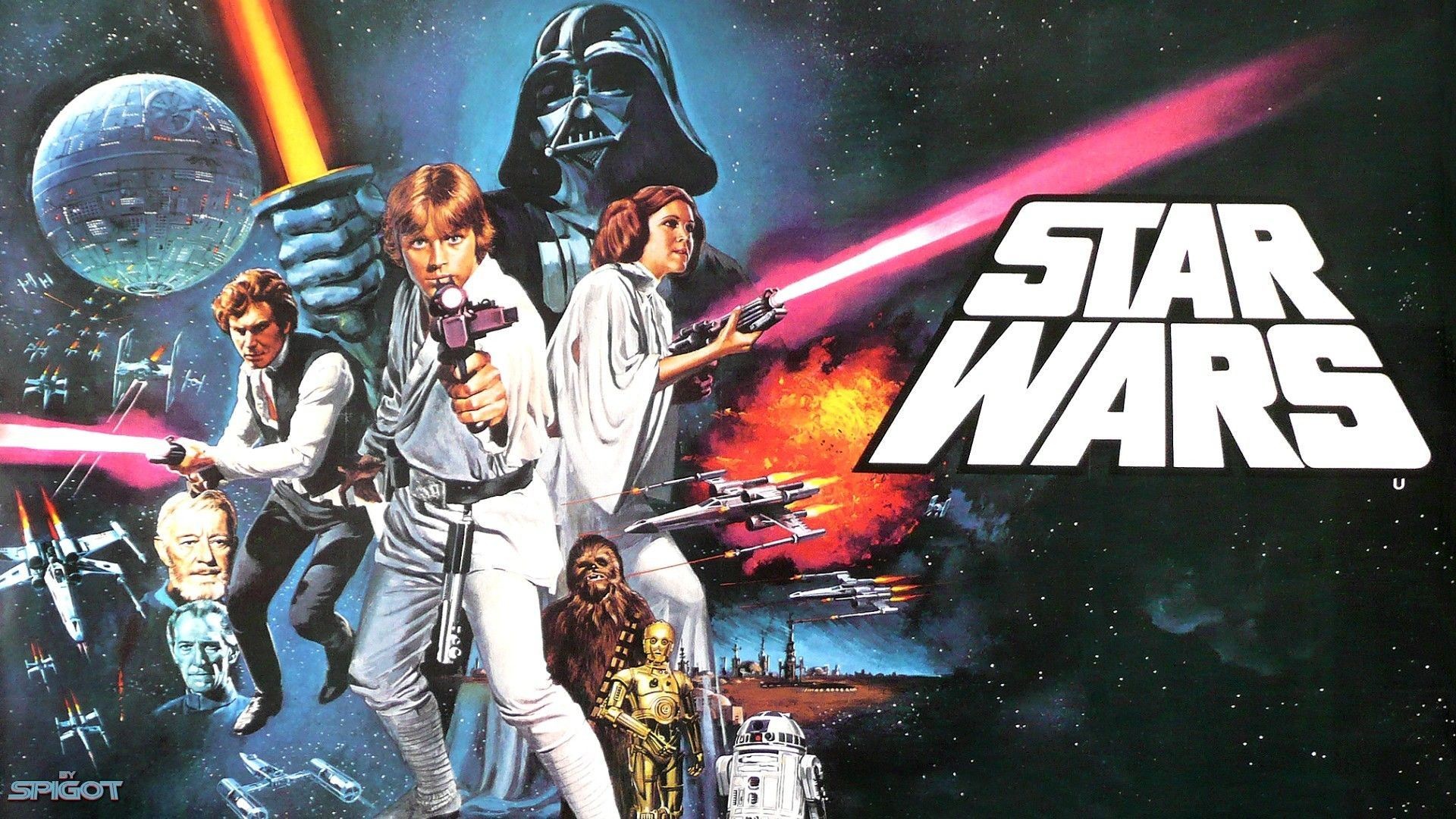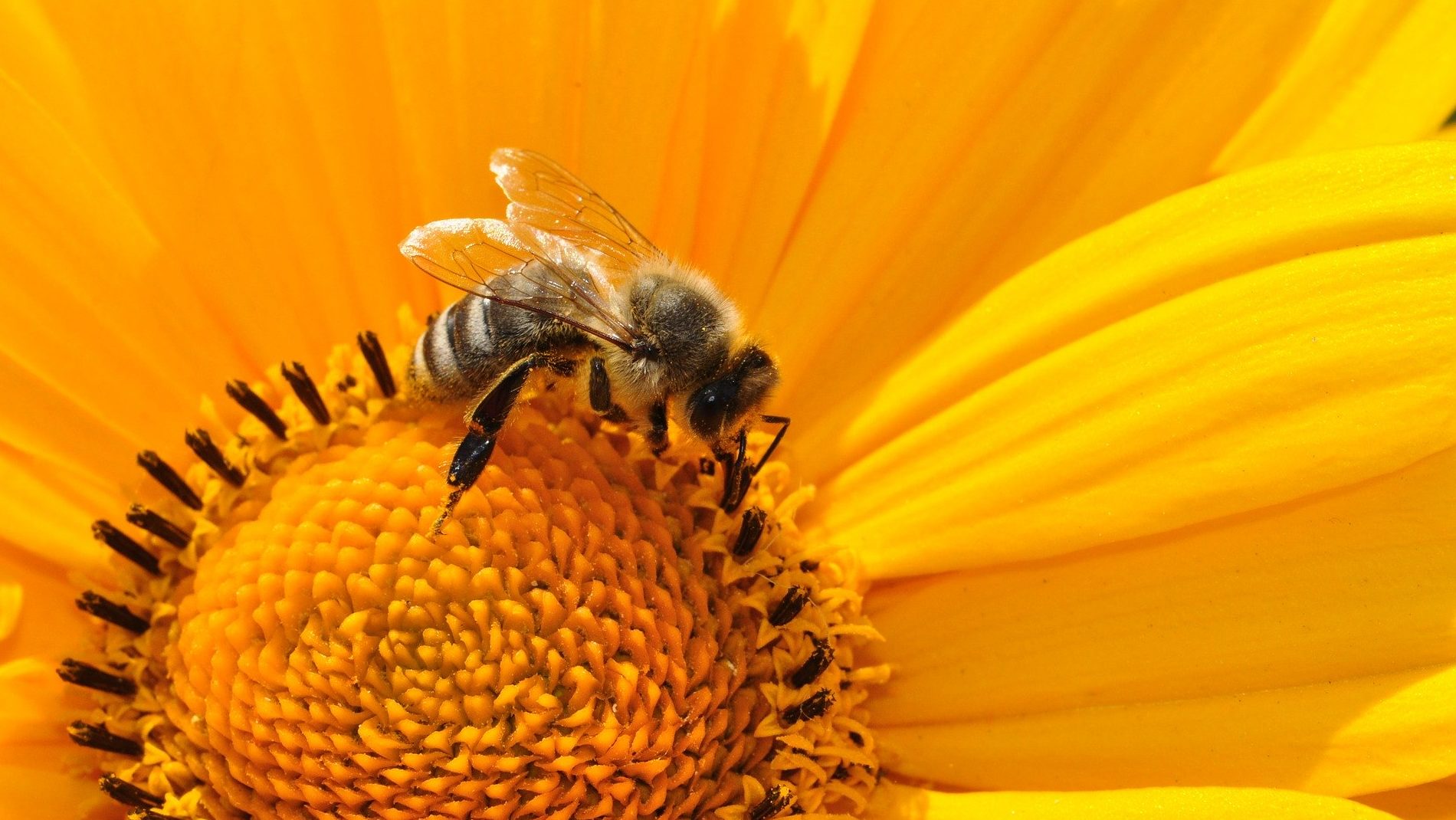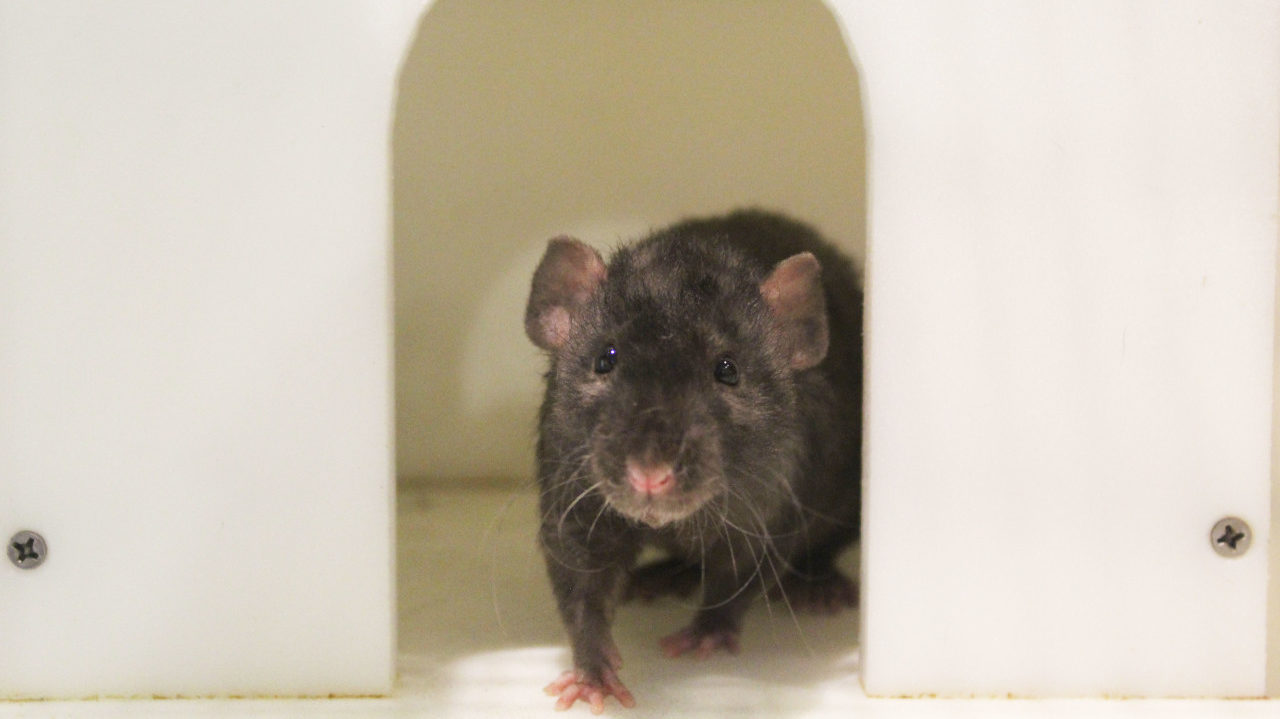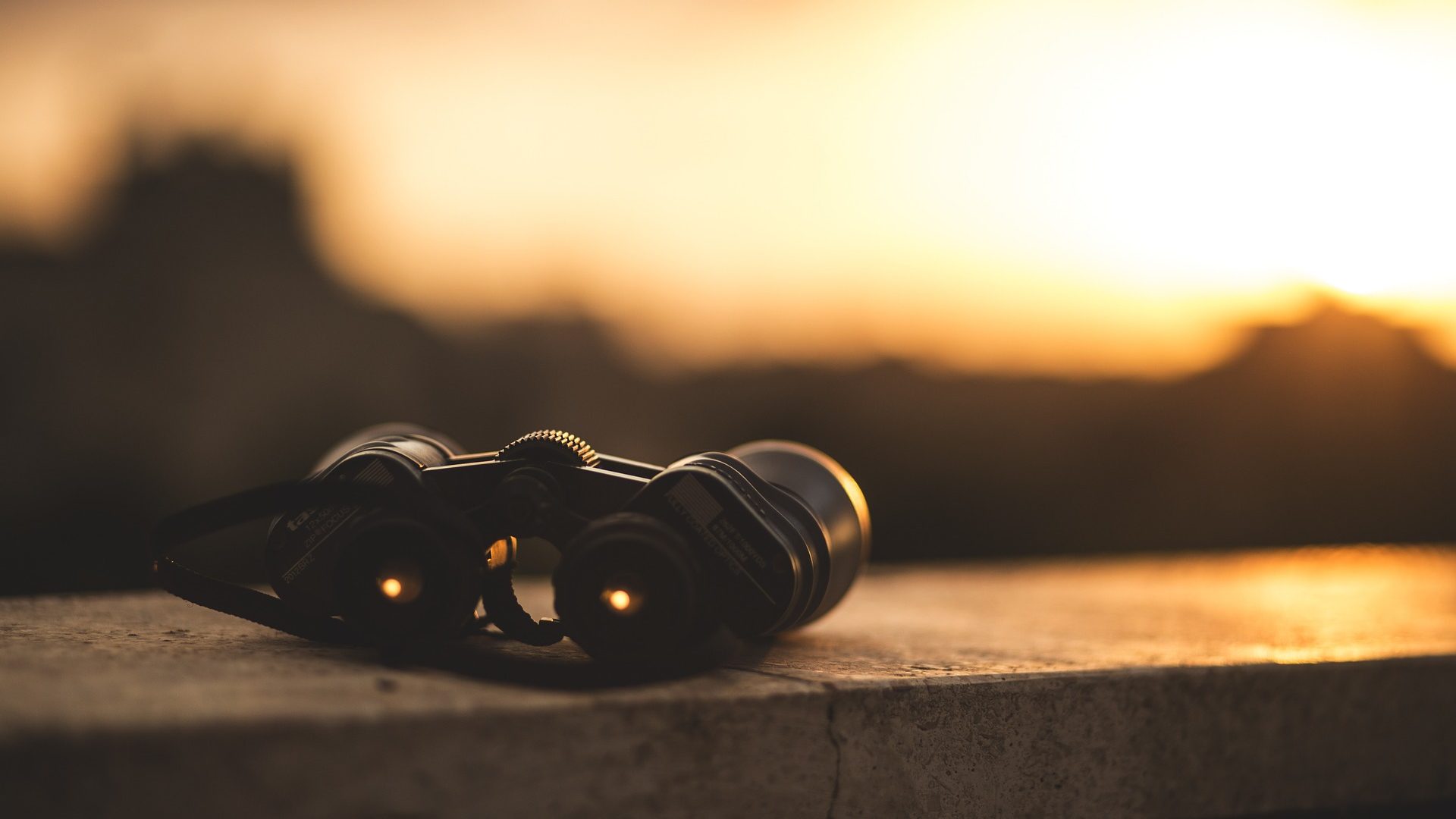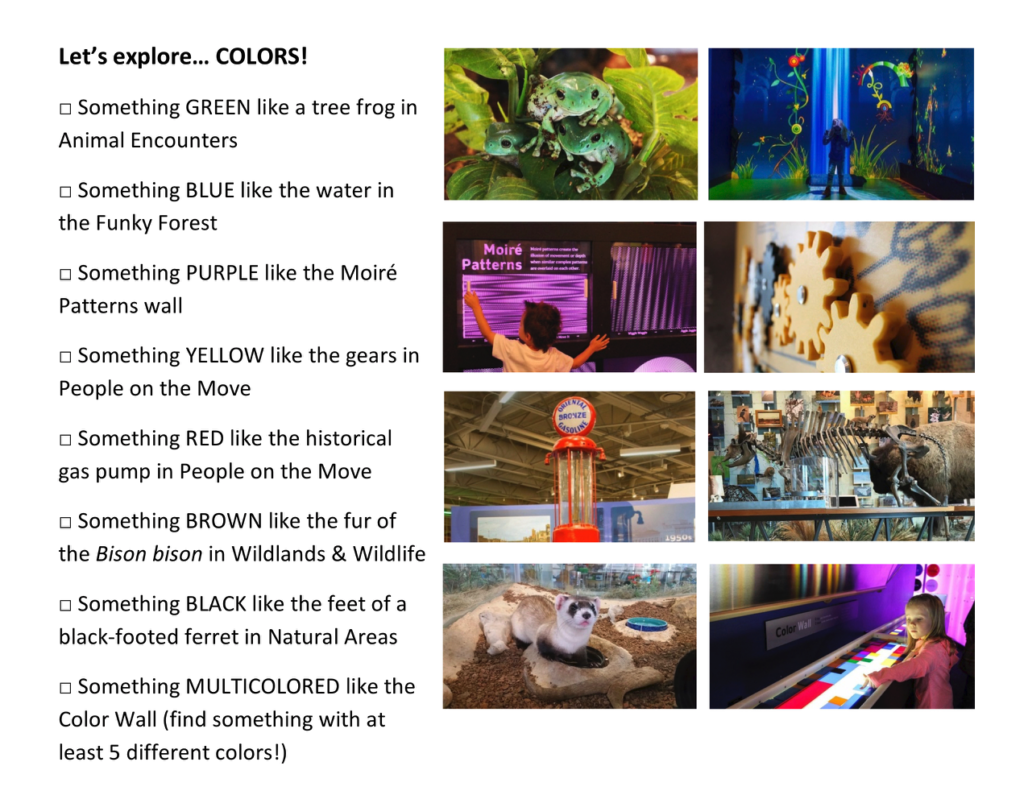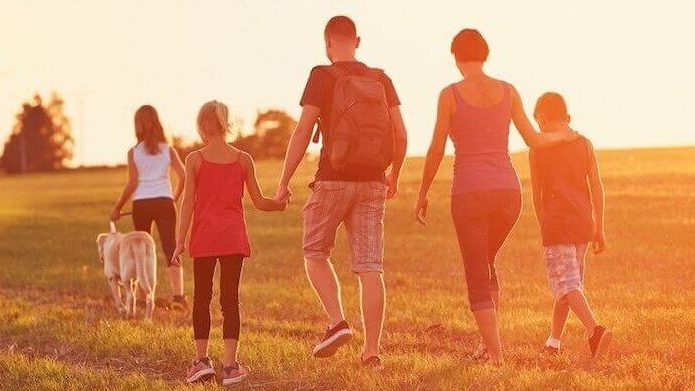Post written by written by Charlotte Conway, Public Programs Coordinator. Adapted from WILD about Black-footed Ferrets (US Fish and Wildlife Service).
Daily Discovery: The Road to Recovery – The Black-Footed Ferret
Did you know one of the most endangered mammals in North America lives right here in your backyard? Celebrate Endangered Species Day this year by learning about this amazing animal! Black-footed ferrets, or as we like to call them, BFFs, were thought to be extinct twice! BFFs have recovered from a population of only 18 individuals found in 1981 to several hundred today.
Learn about the rediscovery of the animal thought to be extinct, discover how important it is to protect the habitats of endangered species, and become a wild life conservationist yourself with these BFF activities!
Rediscovery of the BFFs: A Quick History
Black-footed ferrets are considered one of the most endangered animals in North America. Twice, scientists believed they were extinct. In 1964, as the U.S. government was about to declare the black-footed ferret extinct, a small population was located in Mellette County, South Dakota. That population continued to decline and nine ferrets were taken out of the wild to begin a captive breeding program. The captive breeding attempt failed. By 1974, there were no more wild ferrets in Mellette County. When the last captive animal died at Patuxent Wildlife Research Center in Laurel, Maryland in 1979, the ferret was again presumed extinct.
Most scientists gave up hope of ever finding another black-footed ferret. While many had searched far and wide, they did not find any more in the wild. A lucky incident changed all that. At about 3 a.m. on September 26, 1981, cattle rancher John Hogg and his wife, Lucille, were awakened by their dog’s furious barking just outside the bedroom window. They figured that Shep had gotten tangled up with a porcupine and they went back to sleep.
When John Hogg looked around the next day, he found the carcass of a strange little animal. He had never seen one like it before. It had a black mask, black feet, and a black-tipped tail. It also had a broken back. Lucille suggested they make a mount of it. They took it to a Meeteetse taxidermist. The taxidermist realized that it was a black-footed ferret.
Amazingly, another black-footed ferret population was soon discovered near Meeteetse, Wyoming. Then, canine distemper struck the population. In 1986, shortly before distemper wiped out all the remaining wild ferrets in Wyoming, the last 18 animals were captured for captive breeding. Unlike the efforts in the 1970’s, scientists were very successful breeding the animals in the 1980’s. By the fall of 1991, the captive-breeding population had grown to a large enough size to permit the first experimental reintroduction site.
The story of what has happened in the 30 plus years since a black-footed was discovered in Meeteetse is nothing less than extraordinary. While it is a story that it still being written, the possibility of a full recover of this species is within reach thanks to efforts lead by US Fish and Wildlife Service and numerous partners.
It is even possible that you could play a role in this amazing recovery effort!
Activity: The Prairie Web of Life
One of the main reasons BFFs became and remain endangered is loss of habitat, and the related decline of their prey, prairie dogs. Make your own prairie web of life to discover the rich diversity of life on the endangered Short-grass Prairie habitat, and then consider what makes a keystone species important to an ecosystem.
Supplies:
- Pencil or pen
- Paper
- Short-grass Prairie Species Cards (included in separate document)
- Short-grass Prairie Species Chart (printed or you can draw it on your own paper)
Instructions:
- Look through the Short-grass Prairie Species Cards. Select a few of your favorite species and write down which species you are most interested in.
- Next, fill out the Short-grass Prairie Species Chart (included below) using the Short-grass Prairie Species Card you chose. Fill out a new chart for each species. Fill out a chart for the Black-tailed Prairie Dog and the Black-Footed Ferret as well. You will need to know some vocabulary to help you fill out the chart!
Producer – organisms like plants that can make their own food from the sun’s energy.
Consumer – animals that must get their energy from eating plants or other animals.
Herbivore – an animal that eats only plants.
Omnivore – an animal that eats both plants and animals.
Carnivore – an animal that eats only animals, a meat-eater.
Scavenger:
Decomposer – organisms such as bacteria and fungi that break down plant and animals. - Now, you are going to make your own Short-grass Prairie food web using the Short-grass Species Charts you filled out. Food webs are like food chains, but they are more complex and help us understand how each species in an ecosystem has a role to play. Every species needs to get energy and nutrients from somewhere, and they often depend on other species to survive.
- To begin your food web, use a piece of paper and draw a horizontal line near the bottom. This represents the ground level of the prairie.
- Next, think about where energy for the food web comes from. Where do the producers get their energy? The sun! Draw the sun at the top of your page.
- Now, you will draw the first level of the food web, near the ground level of the prairie. What species begins every food chain or web? Producers, or plants! Draw clumps of grass to represent your grass, because grasses are the most abundant plant on the Short-grass Prairie. If you chose a Species Card that is a producer, draw it on your food chain here and label it!
- Your time to draw the next level of your food chain. What comes next? Herbivores! Draw and label your herbivores above the producers you drew. Be sure to include the Black-Tailed Prairie Dog! Draw an arrow that points from the grass up towards the animals. That arrow shows the direction that energy is flowing through the ecosystem! If you have an herbivore that only eats one species of plant (for example, the monarch butterfly only feeds on milkweed!) then the arrow should point from that plant to that animal.
- Next, add omnivore species to your food web. Remember, these animals eat plants, but they also eat other animals! Draw arrows from the plants and animal that these species eats towards the species. Repeat this process for any carnivores you have selected. Add the Black-footed Ferret to your chart at this point!
- Repeat this process for scavengers. Finally, repeat this process for any decomposers. Every species you filled out a chart for should now be on your food web!
- At this point, you may wish to add more species to your food web. If you include more species into your food web, make sure you draw arrows to connect your species to one anther and show the flow of energy!
- Now, consider what happens if a plant or animal is removed from the food web. Does it matter where in the food web a species is removed? Which species in the food web are most important to the Black-footed Ferret?
- At least 90% of the black-footed ferret’s diet consists of prairie dogs. Consider what would happen if the prairie dog were removed from the food web. How would black-footed ferrets be impacted? What other species would be impacted by the loss?
Become BFFs with the BFFs
If you care about saving the BFFs as much as we do, here are some ways you can continue learning and help conserve this species!
- Visit the BFFs that live at FCMoD! Usually, you can visit the two US Fish and Wildlife Service ferrets that live at FCMoD. Lucky for us, you can still visit them virtually with our ferret cam! This ferret camera is always live, so you can see what our BFFs are up to any time of the day!
- Tip! BFFs are nocturnal, so check out the ferret cam in the evenings for the most action.
- Research websites to learn more about black-footed ferrets, their history, and the prairie ecosystems they need to survive. We recommend you start here and the National Black-footed Ferret Conservation Face Book page.
- Reach out and share what you’ve learned about black-footed ferrets with your parents, children, friends, teachers, and people you trust in your local community.
- Travel to a wildlife refuge, national grassland or park, state, or city natural areas or other prairie habitat. Check out the Soapstone Prairie Natural Area to see a BFF reintroduction site, where BFFs live out in the wild, right here in Northern Colorado!
Want to download these directions? Click here for a handy PDF!
Follow along with our Daily Discovery! Click here for all activities that you can do at home.


